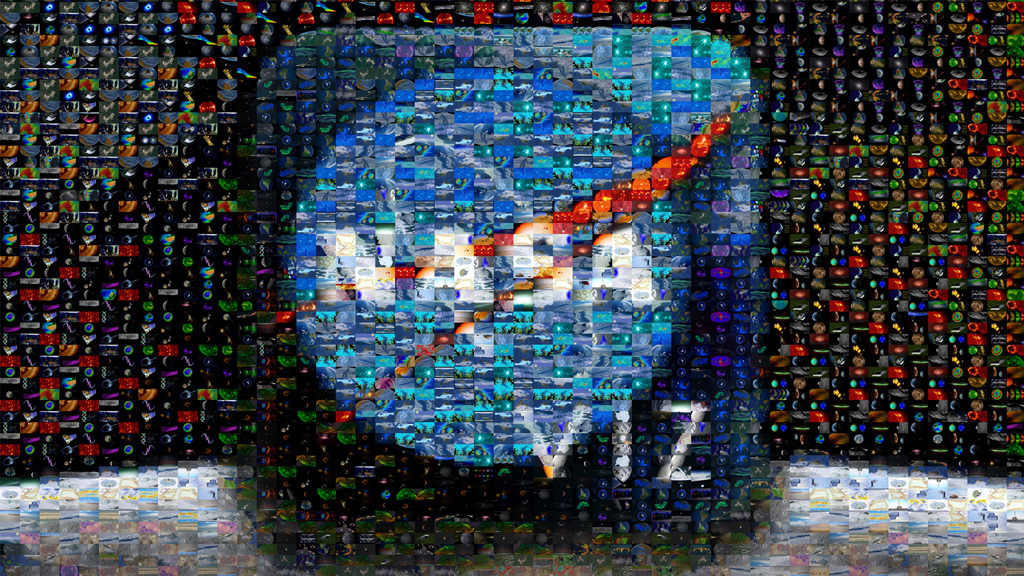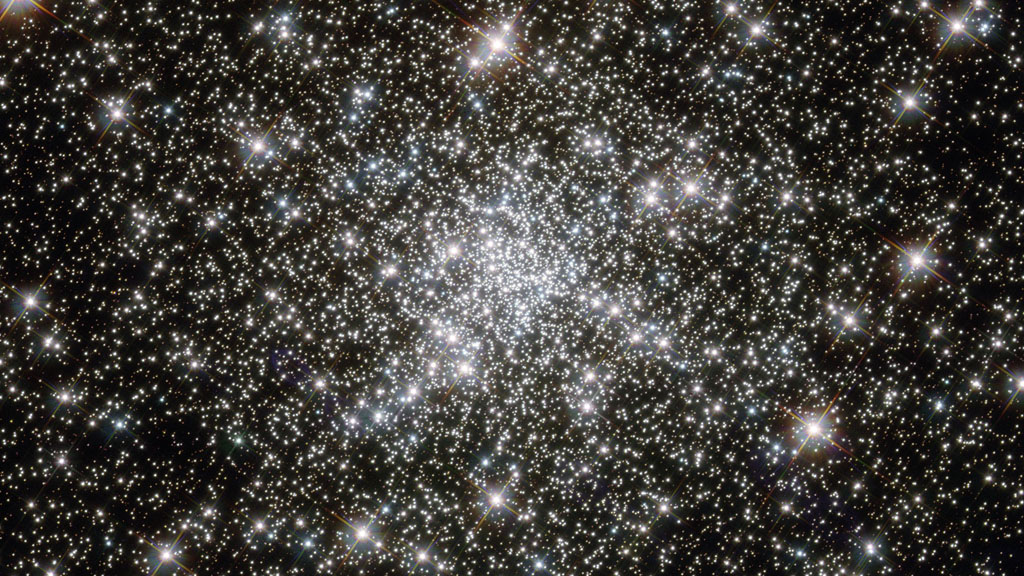Dubai's Rapid Growth
To expand the possibilities for beachfront development, Dubai undertook a massive engineering project to create hundreds of artificial islands along its Persian Gulf coastline. Built from sand dredged from the sea floor, and protected from erosion by rock breakwaters, the islands are shaped in recognizable forms such as palm trees. As the islands grew, so did the city. In 2000, the area was nearly entirely undeveloped. By 2011, whole city blocks had sprung up. Offshore, the first palm-shaped island, Palm Jumeirah, reached completion. The collection of false-color satellite images below shows the growth of Dubai—one of the United Arab Emirates—between 2000 and 2011. Taken by the Advanced Spaceborne Thermal Emission and Reflection Radiometer on NASA's Terra satellite, each image is produced from visible and infrared light where bare desert is tan, plant-covered land is red, water is black and urban areas are silver.

Witness the extravagant transformation of Dubai's desert landscape between 2000 and 2011.
This time-lapse video shows the rate of Dubai's growth at one frame per year from 2000 through 2011.

The first signs of construction of Palm Jumeirah appeared in early 2002.

By late 2002 the palm tree shape had begun to emerge. The island was completed in 2003.

As buildings and roads grew on the new island, the city expanded onshore. Irrigated, plant-covered land (red) covered a greater area in 2006.

By 2011, most of the land was developed, covered in city blocks (gray), residential areas (red and gray), and resorts (mostly red).
For More Information
Credits
Please give credit for this item to:
NASA Earth Observatory
-
Animator
- Robert Simmon (Sigma Space Corporation)
-
Writers
- Holli Riebeek (Sigma Space Corporation)
- Michon Scott (National Snow and Ice Data Center)
Release date
This page was originally published on Tuesday, January 17, 2012.
This page was last updated on Wednesday, May 3, 2023 at 1:53 PM EDT.

